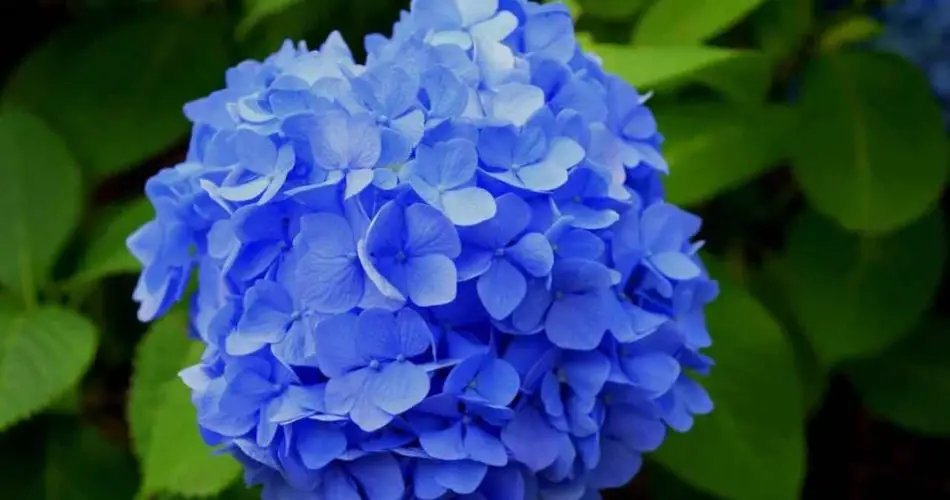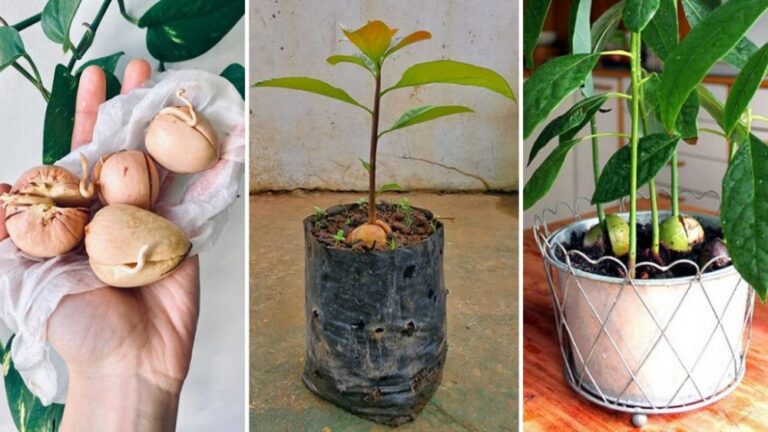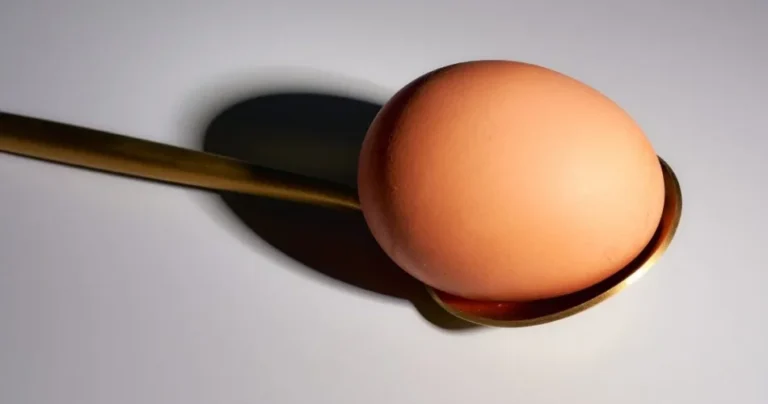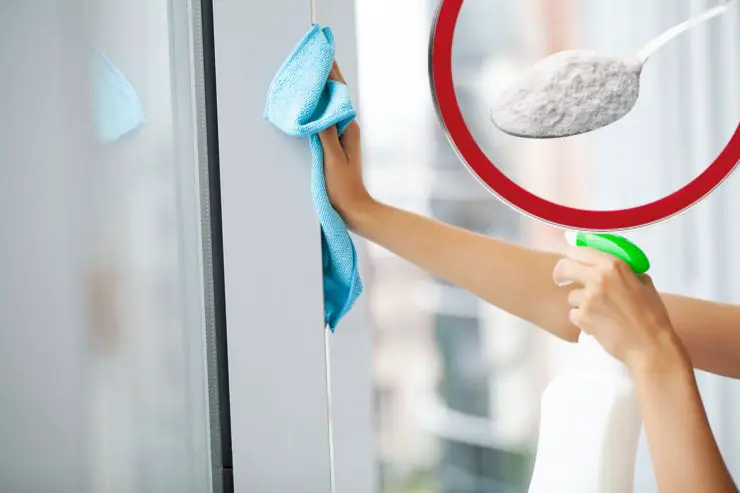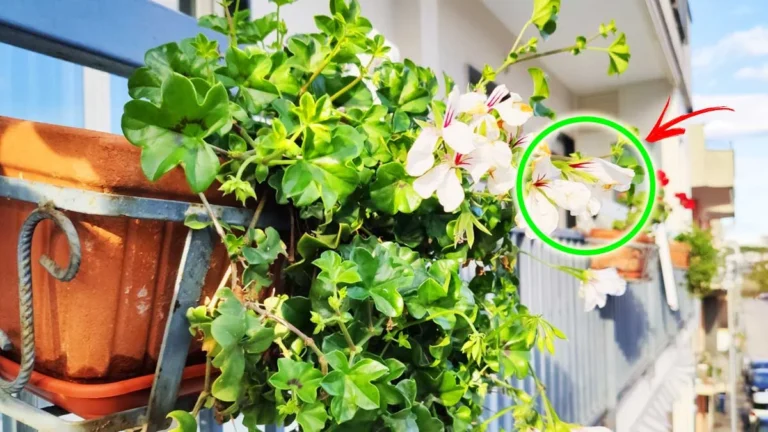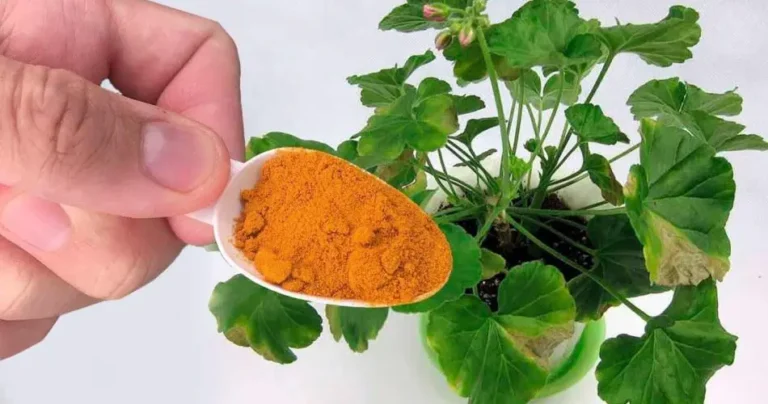Hydrangeas: here we show you where to place them at home and how to best care for them
The hydrangea has a somewhat explosive flowering . Its flowers look like small large colorful bushes that dominate it. And their colors can be various!
This beautiful plant is loved by everyone thanks to its flowering, but to keep its flowers for a long time there are more important factors to take into account.
In this article we will see how to care for the hydrangea.
Caring for the hydrangea
The hydrangea loves to be watered regularly during its first year of life, especially during the summer season when it is possible to water it more than once a day. It is enough that the operation is carried out carefully.
Since the beginning of the hot season, starting in June, we can water the hydrangea daily with an amount of water around 5/8 liters per specimen , especially in case of drought. But although the hydrangea loves to be watered, water is not the definitive solution to excessive sun exposure , because the flowers would dry out quickly.
When we want to care for a hydrangea, the first rule to respect is its exposure to the sun. This plant adapts well to heat, but cannot withstand prolonged exposure to direct light, preferring shaded and ventilated areas.
prune the hydrangea
In spring we can proceed with pruning operations. It is necessary to proceed to cut all the oldest branches and those that appear worn and weak. But it is not advisable to cut all the branches starting from the base, because we could compromise subsequent flowering .
To make it strong, it is advisable to cut about a third of the old fronds to provide the stimulus that produces new branches.
Fertilize the hydrangea
Hydrangeas bloom between spring and summer. They can be reinforced thanks to the use of specific fertilizer. The most suitable product is that of slow-release acidophilic plants and can be administered from the beginning of spring in correspondence with the month of March.
If the hydrangea is planted in soil that has characteristics of neutrality or alkalinity, it must be treated with specific products based on iron sulfate between late winter and early spring. However, sometimes it happens that the iron is not absorbed by the plant or that the leaves begin to show signs of chlorosis. This is a pathological condition that can compromise both foliage and flowering.
The hydrangea in the pot
The hydrangea is a type of shrub that fits both in the garden and in pots at home . But even at home you have to follow the rules to keep it lush. The pots must be large and must be placed in large, airy spaces, to guarantee the plant a regular and splendid flowering.
Even indoors, hydrangeas need a sunny location, watering and nutrient-rich fertilization to ensure their longevity and flowering . Hydrangeas are robust plants, they can even withstand frost , but they cannot withstand heat. The ideal temperature for its growth is around 18 degrees.
If you want to grow hydrangeas at home, simply place the vase near a window, but away from heat sources.
